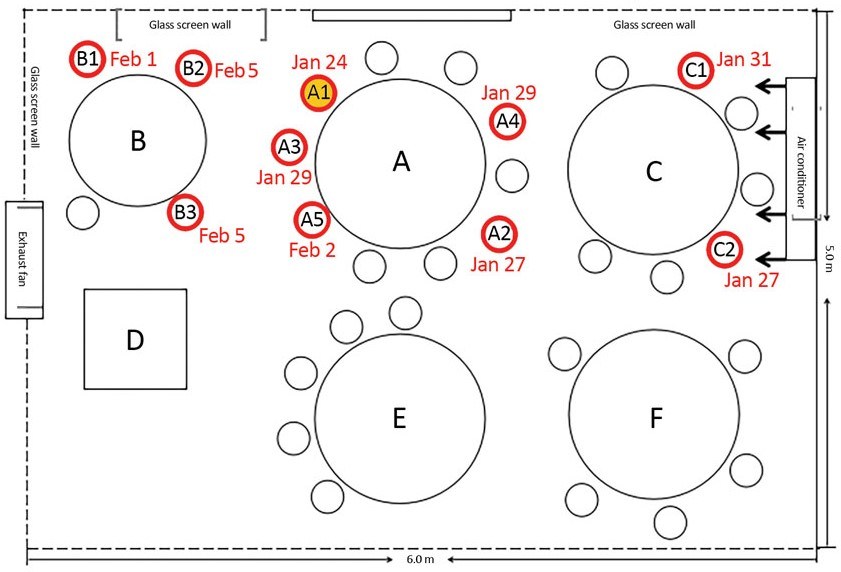Update: The WHO responded to the letter on Tuesday, for the latest click here.
More than 230 scientists from 32 different countries have signed an open letter to the World Health Organisation (WHO) disputing the official view on how the coronavirus Covid-19 can be spread by aerosol.
The official view of Covid-19 transmission supports two methods: droplets of saliva from an infected person produced during coughing or sneezing, which are then inhaled by someone else in the vicinity; and particles picked up from surfaces contaminated by such droplets, and then introduced to eyes, nose or mouth by someone else.
However the open letter, due to be published next week in a scientific journal, argues that there is a third method.
In normal circumstances people produce aerosol droplets when singing or even speaking, which are much smaller than those produced in coughing and sneezing, and which because of their size, hang longer in the air and are also more likely to be carried on currents of air.
The case for aerosol transmission came to light when 53 members of a 61-member choir in the US became infected in March despite observing sanitary measures. Two of those infected died.
Scientists suggested that group singing was the source of the infection: a large group of people in a confined space breathing more or less in time with each other, and breathing in and out more forcefully than usual while singing.
That case was supported when news emerged of a restaurant in the Chinese city of Guangzhou, and an outbreak that took place there that affected ten people from three families dining at separate tables. One person from one of the families had recently returned from Wuhan, where the pandemic started, but was without symptoms.
The spread of the infection strongly suggested aerosol transmission assisted by the restaurant’s air-conditioning system.
The illustration published with the article (shown) maps the seating of the three families and the dates at which the members became symptomatic. Case A1 is patient zero, who had been in Wuhan and was the only possible source of the infection.
However the WHO maintained that while aerosol can be a vector for infection, it would only occur in situations such as when a patient is intubated to be attached to a ventilator. The organisation remained unconvinced by successful laboratory attempts to replicate aerosol transmission, claiming that lab results are not as valuable as experience in the field.
The scientists who signed the letter now suggest that attention to the existence of aerosol transmission might have mitigated the WHO’s official line on the usefulness of face masks – a shifting opinion that was also reflected by the official view in Belgium.
At first, masks were only recommended for health workers, then only for Covid cases with symptoms. Finally, when it became clear the disease was also spread by people with no symptoms, masks became recommended for everyone, and compulsory in some cases, such as public transport and for shop and restaurant staff.
Alan Hope
The Brussels Times

